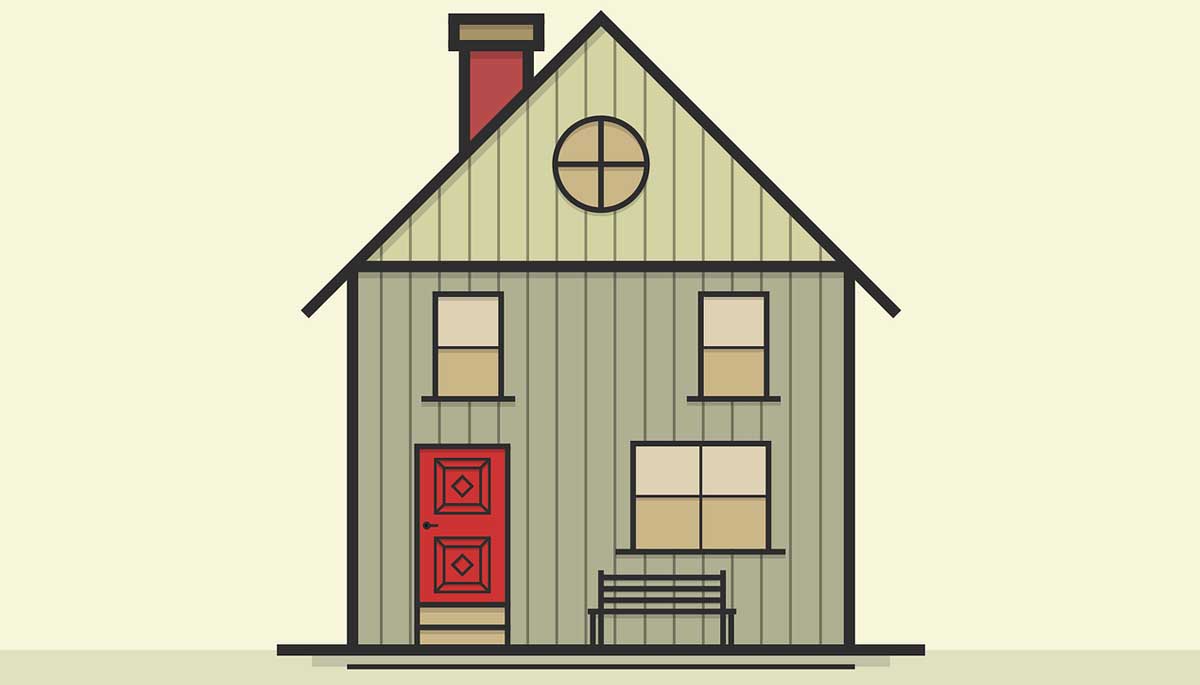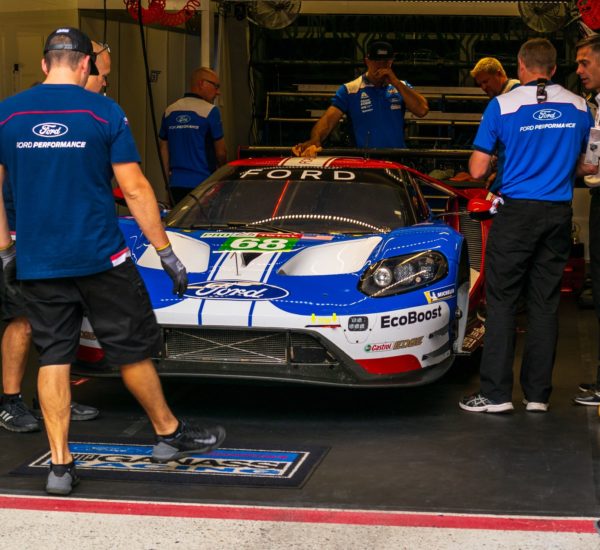House flippers are experiencing increased difficulty in turning a quick profit due to the rapid cooling of the housing market. As profits rapidly decline, investors are fleeing the flipping market.
According to ATTOM, a real estate data provider, the gross flipping profit, which is the difference between the median purchase price paid by investors and the median resale price, dropped to $62,000 during the third quarter. This figure represents the difference between the median purchase price paid by investors and the median resale price. That is a decrease of 18.4% from the previous quarter and a decrease of 11.4% from the previous year. Since the beginning of 2019, this represents the lowest quarterly profit, and since 2009, this represents the fastest quarterly drop.

Because of this decrease in gross revenues, the return on investment decreased from 30% in the prior quarter to 25% in the current quarter. Not terrible, but not quite as satisfying. However, ATTOM warns that what’s most concerning is not the amount of money made, but rather how quickly it’s being lost.
The percentage of home transactions that were considered to be flips declined as profits continued to decrease and as rising mortgage rates made homes less affordable for prospective purchasers. In the third quarter, around 7.5% of transactions were flips, which is historically high but represents a decrease from the 8.2% that occurred in the second quarter. In the third quarter of 2021, flips, which are properties that are acquired and sold within a period of one year, accounted for 5.9% of the total number of residences that were sold.
While the expenses of home improvements continue to rise, home prices are falling at an alarming rate.
Rick Sharga, executive vice president of market intelligence at ATTOM, stated in a release that “it’s apparent that fix-and-flip investors aren’t immune to the shifting conditions in the housing market.” “It’s apparent that fix-and-flip investors aren’t immune to the shifting conditions in the housing market.” “Flippers confront a considerably more difficult market now, and probably will in 2023 as well, because demand from buyers is waning, prices have been drifting down over the past few months, and financing rates are significantly higher than they were at the beginning of the year,”
Although today’s home prices are still higher than they were a year ago, the gains made over that period of time are becoming significantly smaller every month. Even while mortgage rates have dropped from their most recent highs, they are still considerably higher than they were at the beginning of this year. The combination has led to a decline in the overall number of home sales for nine consecutive months.
Even though mortgage rates have been on a downward trend for the previous two months, this may not be a major concern for flippers because approximately 64 percent of them only deal in cash. This number is the same as it was in the prior quarter.
The expense of flipping properties is another factor that discourages investors. The costs of labour and materials continue to be relatively high, and disruptions in the supply chain continue to play a role in those expenses. After increasing for three consecutive quarters in a row, the typical number of days required to turn a profit on the sale of a home was 163 days during the third quarter. However, this is significantly shorter than the 149 days that were required to sell a home in the third quarter of the previous year.
Phoenix, Spartanburg (South Carolina), Atlanta (Georgia), Gainesville (Georgia), and Winston-Salem (North Carolina) were the markets that had the highest rates of flipping properties, respectively. Buffalo, New York, Pittsburgh, Pennsylvania, and Scranton, Pennsylvania, as well as Salisbury, Maryland, were the three markets that offered the highest profits.



